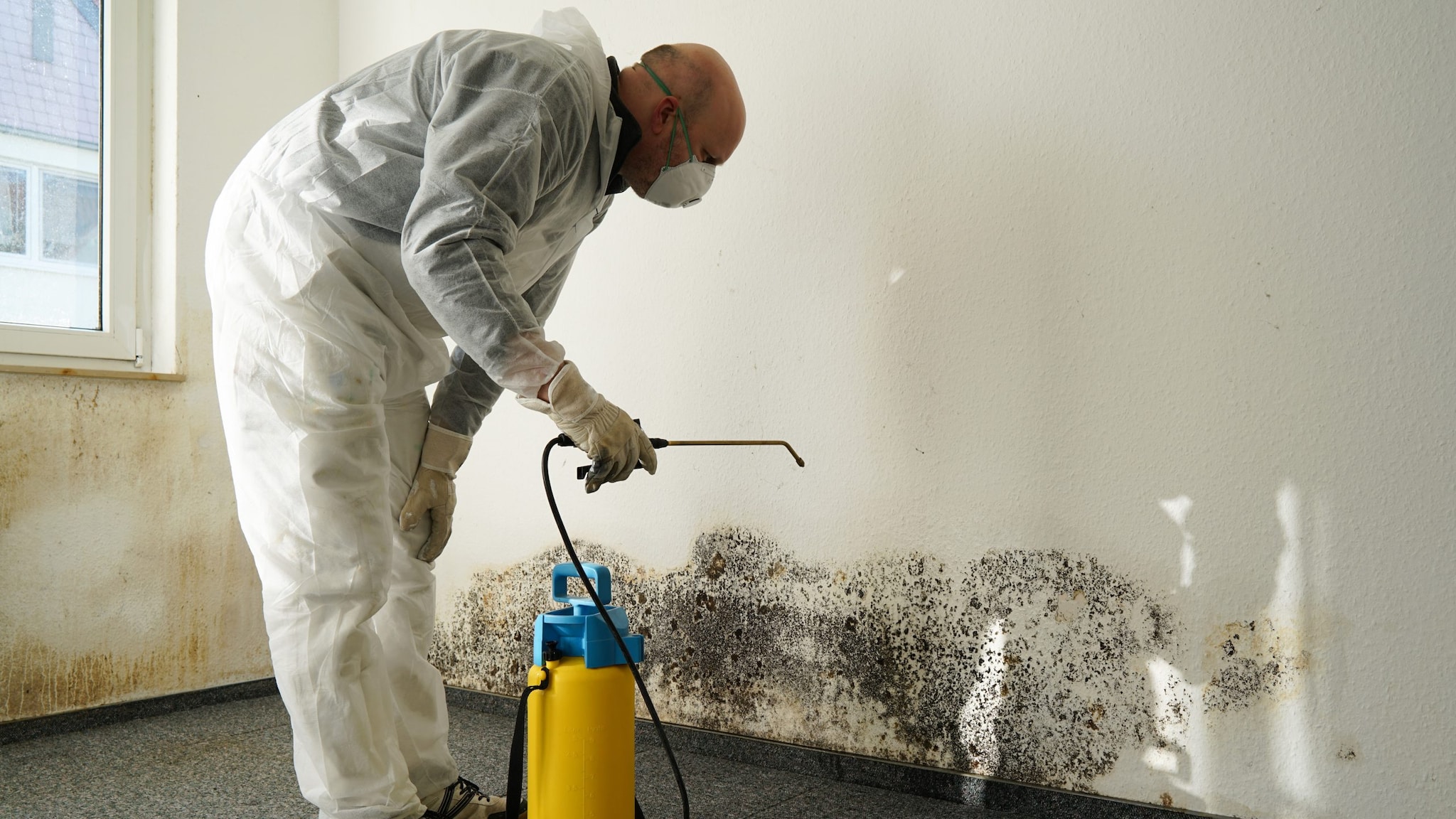What to know
- Personal protective equipment (PPE) is a main source of protection for emergency response and recovery workers.
- PPE is necessary to protect emergency response and recovery workers from physical, chemical, and biological hazards.
- Examples of PPE include eye protection, hearing protection, gloves, protective clothing, and respirators.

Overview
There are many different types of emergencies, such as flooding, fires, disease outbreaks, and structural collapse. Emergency response and recovery workers can be exposed to hazards through:
- Breathing
- Eating
- Drinking
- Skin contact
- Contact through mucous membranes
PPE often includes eye protection, hearing protection, protective clothing, and respirators, but recommended PPE depends on the types of hazards present.
Types
Eye protection
Eyes are always at risk of exposure to different hazards, including contact with:
- Bloodborne pathogens
- Chemicals
- Dust and debris
- Gas
- Glass or metal particles
- Thermal hazards
Exposure to these hazards may harm eyesight, including eyeball scratches, corneal abrasions, conjunctivitis, and burns. Examples of protective eyewear include goggles, face shields, safety glasses, and full-face respirators.
Hearing protection
Hazardous noise levels and chemicals can affect emergency response and recovery workers' hearing. NIOSH has recommended exposure limits for occupational noise exposure and provides recommendations for choosing hearing protectors. Examples include earplugs and earmuffs.
Protective clothing
Protective clothing protects users from unintended exposures through skin contact. Examples include coveralls or fluid-resistant garments. Consider the following when selecting the appropriate protective clothing:
- Hazard
- Material
- Design
- Durability
- Comfort
- Functionality
Respirators
Respirators are one of the most important pieces of PPE for workers. They are especially critical when other control systems are not feasible to protect workers' safety and health. Selecting an appropriate respirator depends on the type of particle or chemical it is protecting from. Find more information on respirator selection and performance.
